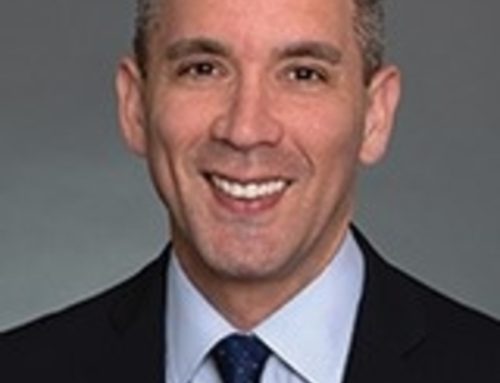“I just sat down with my coffee to review my emails – and there it was – the email from the executive director giving the Board notice that she is leaving.”
–said every Board member and Board Chair about their recurring nightmare, ever.
Whether it is the result of a organizational crisis, or a long-anticipated retirement, managing a leadership transition is often the most difficult part of serving on a non-profit Board. Whether the departing executive is a well-loved founder, or a recent hire that is just not working out, the departure of any executive director can be upsetting to staff, funders, donors and community allies.
For many years, professional interim executive directors have been providing transition leadership to non-profit organizations in the metro D.C. area. This not-quite underground network of professionals relied on word-of-mouth and shared referrals to provide their services to non-profit organizations on an interim basis. Professional interim executives manage the day to day operations of the organization, allowing the Board to focus on their search for a new executive director.
Unfortunately, Board chairs and directors who were not aware of this network of professionals would instead take on the role of executive director themselves, or assign the temporary role to existing staff – often with unhappy results. Board members can find it difficult to disengage from their management roles to make room for a new leader – and a temporary promotion can cause resentment when the permanent position is given to an “outsider.”
Experienced interim executive directors have usually worked with non-profit organizations of many different sizes, ages and locations. They may work full-time in an office at a non-profit organization for many months, and then accept an engagement to work part-time from home for a different organization. They may help an organization transition from a founder-director to new leadership; guide a merger, or support a Board and staff as an organization closes its doors for the last time. The organizations themselves can range from small, community-based direct services providers, to large national policy advocates.
Each of these organizations have benefitted from an interim leader who, because they will not apply for the permanent position, can provide the skilled management, and objective assessment needed to position organizations, and their new executive directors, for future success. Organizations that are interested in learning more about interim leadership now, or as part of their succession planning for the future, should also visit the IEN webpage.
The Interim Executive Network (IEN) members receive mentoring and support at regular meetings of the IEN as they build their own interim practices. The IEN also maintains a Referral List of experienced interim professionals. Individuals interesting in learning more about becoming an interim executive, or who have experience and are interested in joining the IEN’s referral list, should visit the IEN webpage.






